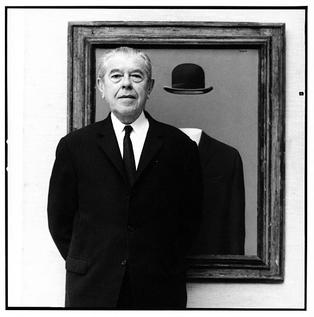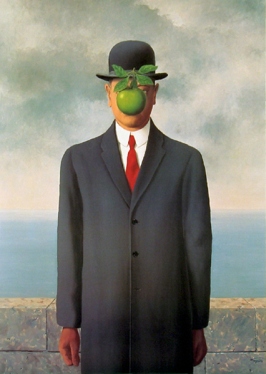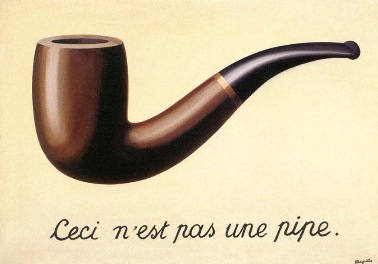
René Magritte, the Belgian surrealist artist, is renowned for his thought-provoking artworks that challenge our perception of reality. His paintings often delve into absurdist themes, inviting viewers to contemplate the mysteries of existence.
One of the recurring themes in Magritte's art is the juxtaposition of everyday objects in surreal contexts. For example, in his painting "The Son of Man," a bowler-hatted man stands in front of a wall with his face obscured by a hovering apple. The man's left elbow is backward. This absurd and illogical scenario invokes a feeling of unease in the viewer.

Magritte's works often feature enigmatic phrases and textual elements that further enhance the absurdity. In "The Treachery of Images," he famously painted a pipe with the words "Ceci n'est pas une pipe" (This is not a pipe) beneath it. This paradoxical statement challenges our understanding of representation and reality.

Another prominent theme is the mysterious and dreamlike quality of his paintings. In "The Empire of Light" series, he juxtaposed daylight and nighttime scenes in a way that defies logical explanation. This creates an eerie and unsettling atmosphere that underscores the absurdity of our attempts to make sense of the world.

Magritte's art invites us to embrace the absurdity of existence, to question our assumptions, and to explore the deeper mysteries of life. Through his playful and enigmatic works, he challenges us to look beyond the surface and into the surreal depths of the human experience.
This article was written by ChatGPT.
